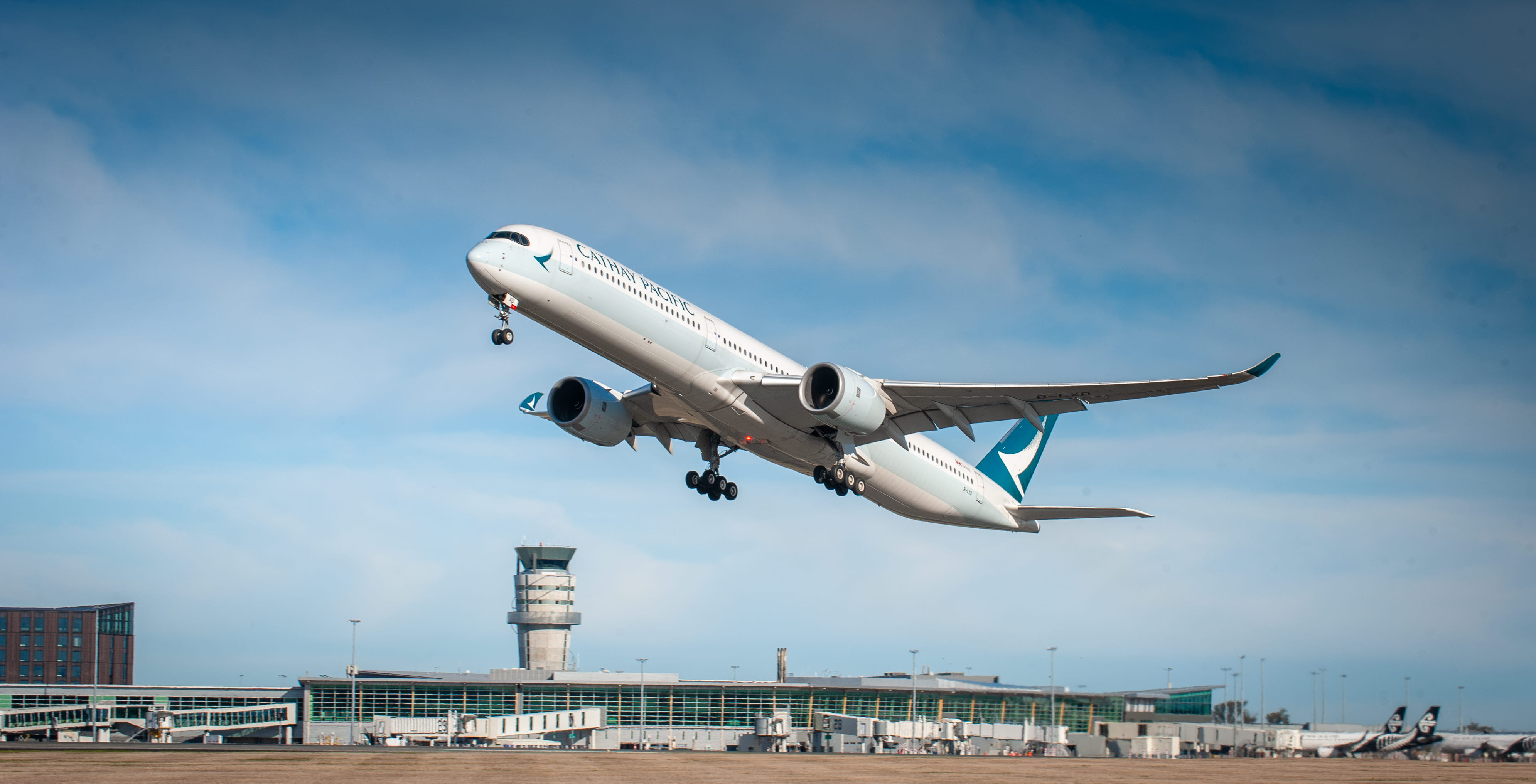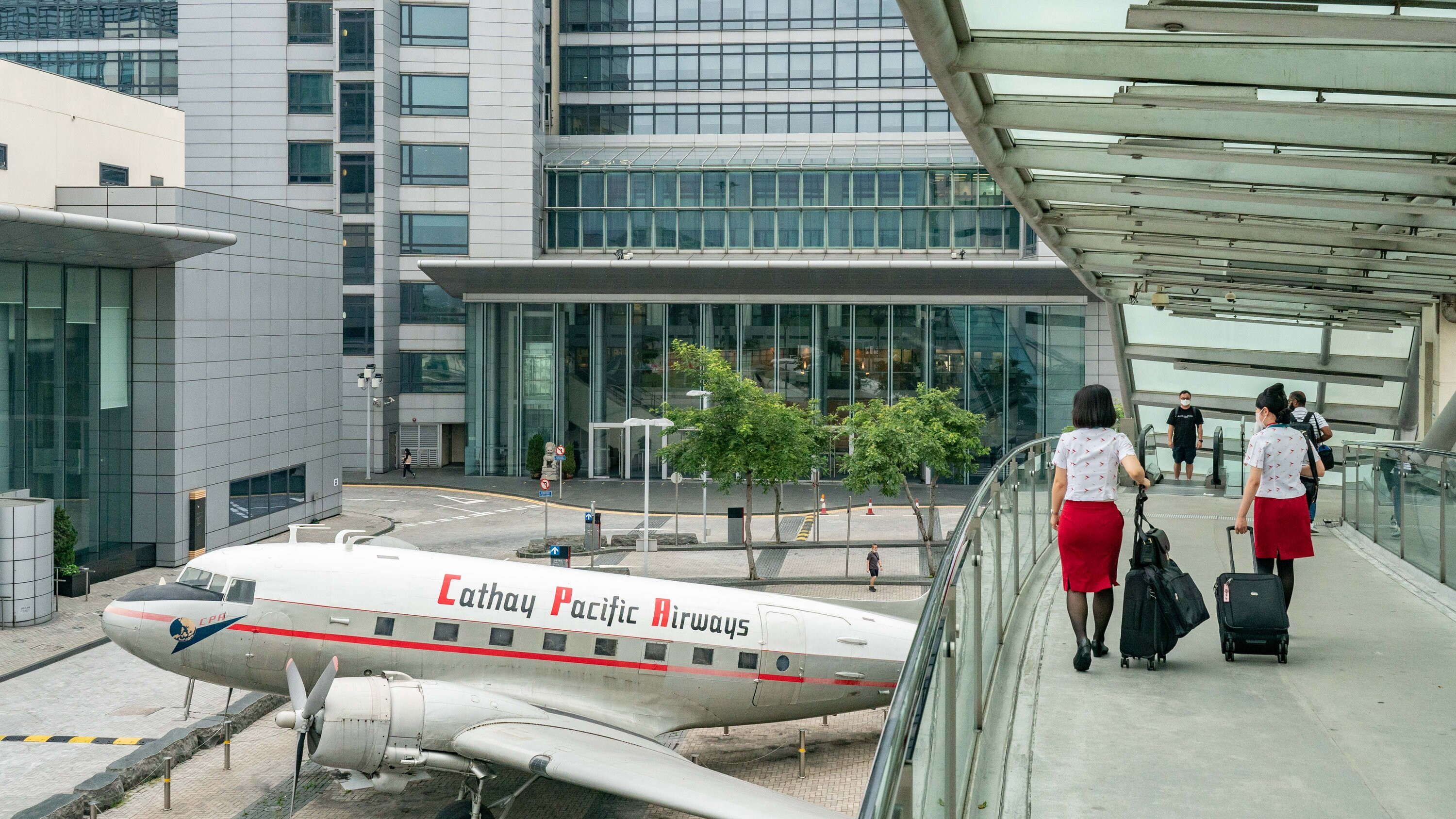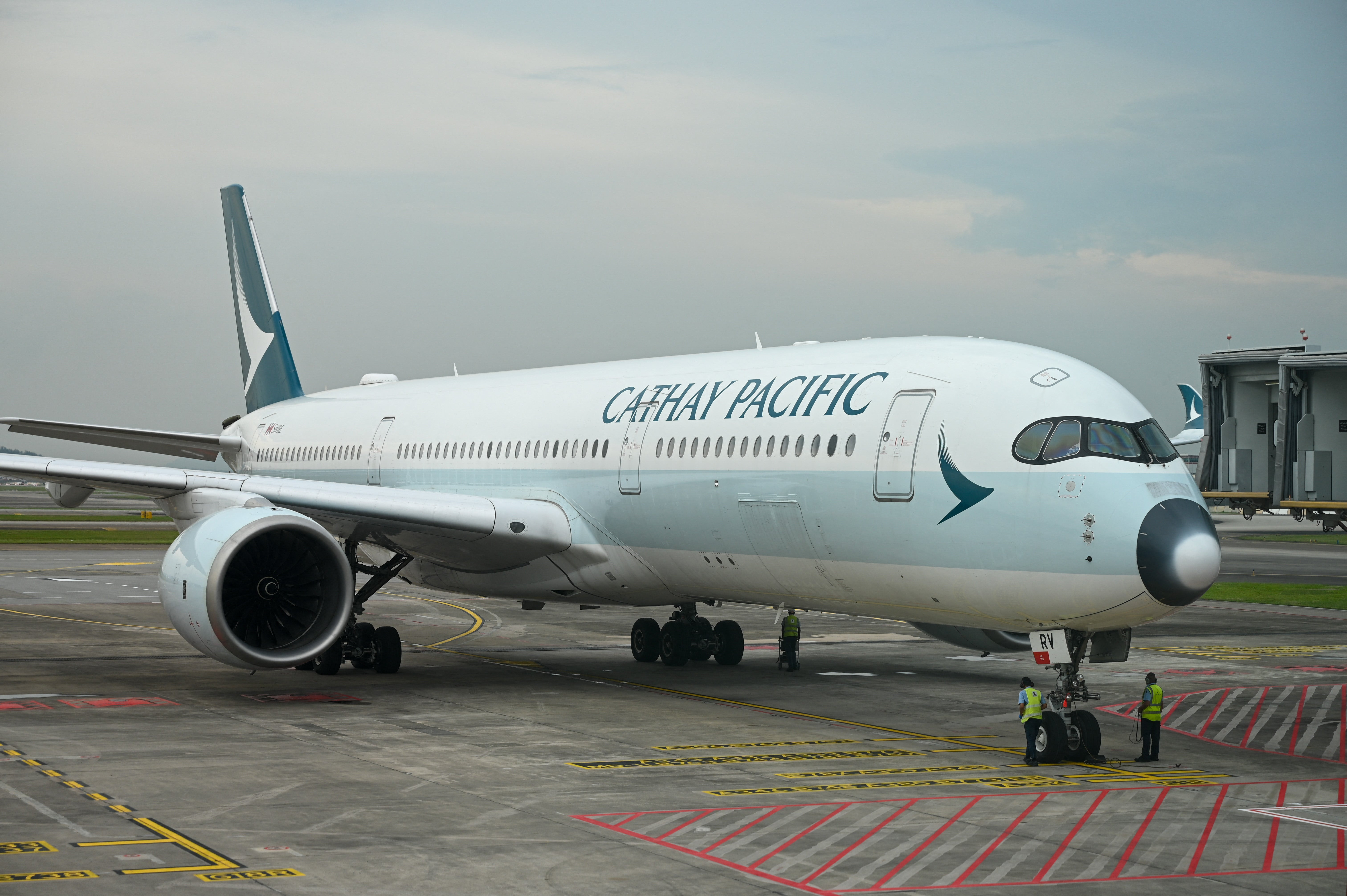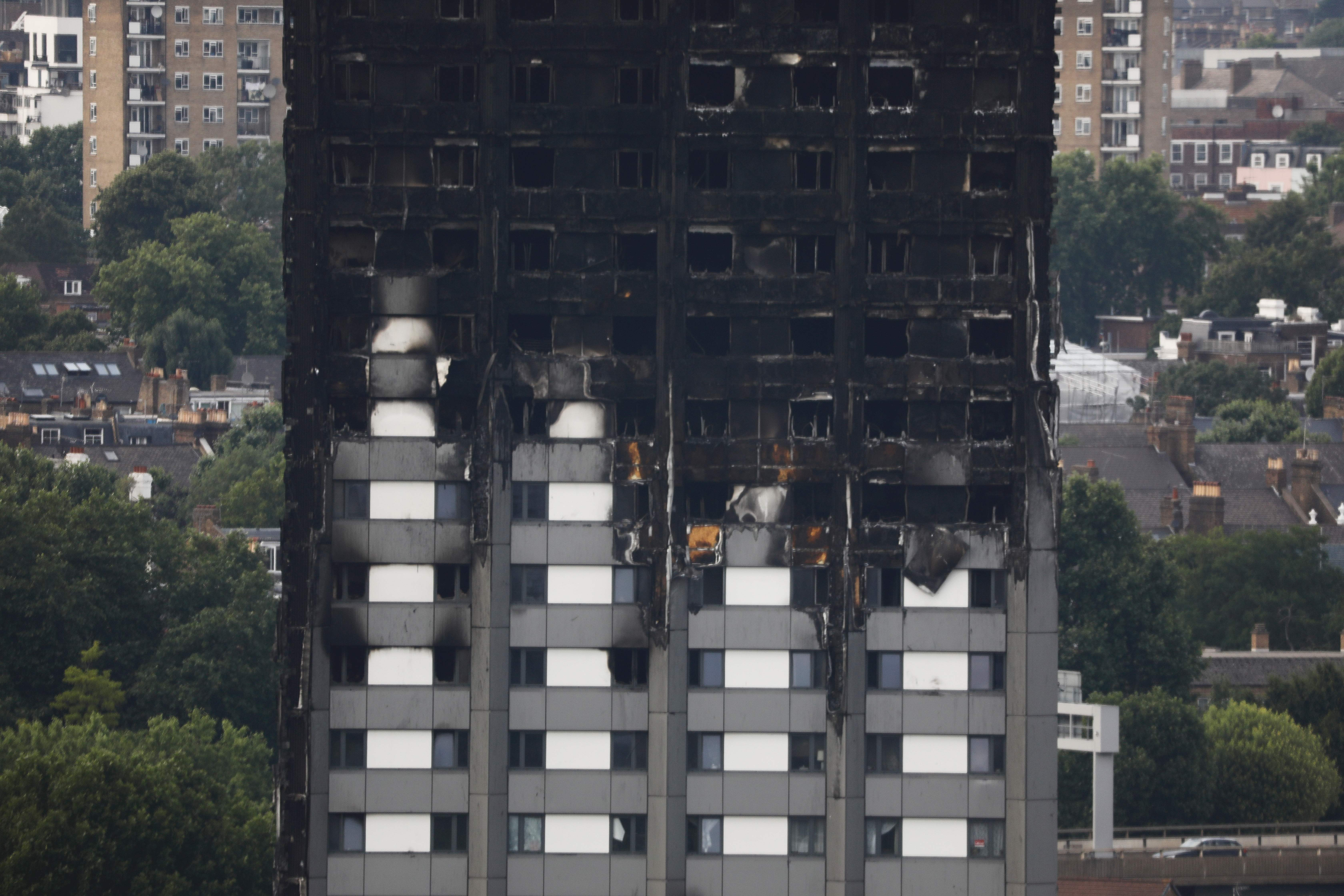After a recent strong recovery, Rolls-Royce is looking to overcome a setback caused by a defect to one of its engines on a plane flown by Hong Kong's Cathay Pacific. The British company has seen its share price soar to record highs thanks to a turnaround in performance under chief executive Tufan Erginbilgic since he took the helm in early 2023. However, Rolls-Royce has been hit by an engine defect on an Airbus A350 plane that led to the cancellation of dozens of Cathay Pacific flights this month. Findings of a Hong Kong probe, published Thursday, found that the defect could have escalated into “extensive damage”. Responding, Rolls-Royce said it continued “to work closely” with regulators “to support the ongoing investigation”.
Cathay Pacific briefly grounded its fleet of A350s for inspections and repairs after a Zurich-bound plane was forced to turn around and head back to the Chinese city on September 2. The inspections found that components on 15 of the 48 planes in Cathay's fleet of A350s, powered by Rolls-Royce engines, had to be replaced. Rolls-Royce — not to be confused with its former automobile division Rolls-Royce Motors — supplies engines to Airbus and Boeing, the world's biggest aircraft manufacturers.
Rolls-Royce has been hit by previous engine trouble this century. In 2010, one of its Trent 900 engines used to power an Airbus A380 superjumbo and flown by Qantas Airways, caught fire mid-flight. The aircraft had to return to Singapore where it landed with significant damage to one wing. Rolls-Royce took full responsibility for the incident, paying £56 million in compensation to the Australian airline, which had to ground its A380 fleet. The British company, air-transport regulators and operators with A380s equipped with Trent 900 engines later either removed defective engines or made them compliant. In 2019, Rolls-Royce encountered durability issues with its Trent 1000 engine when some parts began to wear quicker than expected, which forced the engine-maker to carry out costly repairs. The fallout hit the group's 2019 profits by around £1.4 billion ($1.8 billion USD), as it paid for custumer disruption and repairs.
Four years ago, Rolls-Royce launched inspections on a “small number” of Trent XWB-84 engines used in Airbus A350 jets after discovering signs of “wear”. Founded in 1906 by Henry Royce and Charles Rolls, the company first produced renowned automobiles such as the Rolls Royce Silver Ghost, identifiable by a signature bonnet ornament, the Spirit of Ecstasy. It quickly launched into manufacturing aircraft engines in 1914 to supply the UK during the First World War. During the Second World War, its Merlin engine equipped the legendary Spitfire, the aircraft symbol of the Battle of Britain in 1940. Rolls-Royce entered the civil aviation market in 1953, but was nationalised in 1971 after encountering financial difficulties. The company separated from its auto division two years later, then was privatised again in 1987 under then British prime minister, Margaret Thatcher. It faced a series of ups and downs in the intervening years, which at points forced it to restructure. Rolls-Royce employed 41,800 people in 2022 in nearly 50 countries, according to its website.
Shares in the company hit a record high in August. Erginbilgic had decided to axe up to 2,500 jobs worldwide, or about six percent of group staff, after tough times for Rolls that has caused its suspension of dividends since the Covid pandemic. In the second quarter, the company reported that operating profit almost doubled to more than £1.6 billion ($2.1 billion). A cleaning process leading to fuel hose degradation during refurbishment may have caused a recent Airbus A350 engine fire that triggered dozens of Cathay Pacific flight cancellations this month, the EU aviation regulator said Thursday. The European Union Aviation Safety Agency (EASA) also said it had widened the number of engine variants potentially affected by the suspected defect, which include Rolls-Royce engines powering A350-900s and A350-1000s.
The European Union Aviation Safety Agency (EASA) said Thursday that it was asking airlines to check the engines of more Airbus A350 jets but downgraded its response to the Sept. 2 incident, easing pressure on engine-maker Rolls-Royce. The Airbus A350-1000 and its XWB-97 engines have been under scrutiny since the crew of a Zurich-bound flight detected an engine fire and extinguished it before dumping fuel and returning to Hong Kong, where it landed safely. The incident resulted in the grounding of a number of other Cathay flights. Hong Kong's Air Accident Investigation Authority said on Thursday it had found a ruptured fuel hose in the jet's No. 2 engine, with five secondary hoses also showing signs of wear and tear. It said it had not yet identified the root cause. “This serious incident illustrates the potential for fuel leaks through the ruptured secondary fuel manifold hose, which could result in engine fires,” the AAIA said in a report.
Its report, unexpectedly released two weeks before the deadline for such initial summaries, started a rare exchange of contrasting safety announcements with European regulators. The Hong Kong agency said the ongoing investigation would range from design to production, installation and maintenance and suggested the incident could have been much worse. “If not promptly detected and addressed, this situation, along with further failures, could escalate into a more serious engine fire, potentially causing extensive damage to the aircraft,” the report said. But EASA, updating its own guidance several hours later, focused on the way such engines are maintained and called for checks on all A350 jets - including the more popular A350-900 - that have had at least two repair visits. It also downgraded its directive by dropping its previous “emergency” status, meaning it is less concerned about an immediate safety risk. Previously it had only ordered checks on A350-1000 engines. “In-service and in-shop inspections since then have identified that a specific cleaning process available during engine refurbishment may lead to fuel manifold main fuel hose degradation”, EASA said. One person familiar with the probe said the wrong type of cleaning product may have been used in at least one repair plant.
The checks are designed to find whether other engines may have been damaged in this way. So far only Cathay has confirmed it found some fuel-line damage on other jets, though Malaysia Airlines said it found and solved a potential problem. The aborted flight triggered global headlines at a time when air safety is under the microscope and the engine industry is reeling from a string of industrial problems. Shares in Rolls-Royce fell sharply after the initial incident but have recovered and gained 5% on Thursday. Even before EASA's intervention, analysts said concerns about further engine-industry upheaval had eased. “Combined with the lack of defective parts found in the fleet thus far, we believe that the issue implies minimal cost (or) disruption to all parties,” Jefferies analyst Chloe Lemarie said. The incident highlights the narrow margin for error in modern advanced jet engines, coupled with the importance of onboard systems that extinguished the fire in less than a minute. The ruptured part links a manifold, where fuel arrives, to one of about 20 nozzles that spray fuel into a combustor to be ignited and turned into hot gas providing part of the thrust of the huge engine, the largest of its kind made in Europe. Reuters first reported shortly after the incident that the engine's fuel-nozzle system was at the centre of the probe, rather than a more critical rotating part, and Bloomberg News reported that scrutiny focused on the nozzle's steel-braided fuel line. Regulators did not say who carried out maintenance. Engine-makers frequently conduct maintenance themselves and Rolls-Royce has a specialist network for handling the Trent XWB.
Rolls had no immediate comment on repair networks but said airlines would check a “limited number” of A350-900 engines. “Inspections of our Trent XWB-97 engines have progressed well, and we are confident we can continue at this pace, working closely with our supply chain to maintain minimal disruption,” the company said. Cathay said it had complied with EASA inspections and added the fuel pipe was the first component of its type to suffer such a failure on an A350. Airbus said it was working with Rolls-Royce and airlines on EASA's updated guidance. Hong Kong aviation investigators say an engine problem that caused Cathay Pacific to ground its entire fleet of Airbus A350 jets for inspection earlier this month could have escalated into “extensive damage.” Cathay canceled dozens of flights in early September, citing the need to inspect its A350 planes after the engine issue forced a Zurich-bound flight to return to Hong Kong shortly after takeoff on September 2. The airline had previously identified an engine component failure on the affected aircraft, though it stopped short of revealing what the problem was. On Thursday, Hong Kong’s Air Accident Investigation Authority (AAIA) said it had found “a discernible hole” in the fuel hose, along with black soot “indicating signs of a fire,” during its own inspection. The AAIA said it was possible for fuel to leak through the ruptured hose, triggering a fire that could spread to surrounding parts of the engine. “If not promptly detected and addressed, this situation, along with further failures, could escalate into a more serious engine fire, potentially causing extensive damage to the aircraft,” it said. Burn marks were additionally found under the aircraft’s two reverse thrusts, which redirect exhaust to create a braking effect in order to slow a plane after landing, according to a preliminary report issued by the body. The AAIA recommended the European Union Aviation Safety Agency to require Rolls-Royce, the engine maker behind the popular A350 long-haul jets, to “develop continuing airworthiness information” on the problem.
Following the incident, Cathay conducted a thorough inspection of its 48-strong A350 fleet and replaced components on 15 of the planes. The A350 family, which has two models, uses two different Trent XWB turbofan engines from Rolls-Royce. CNN has reached out to Cathay and Rolls-Royce for comment.



















